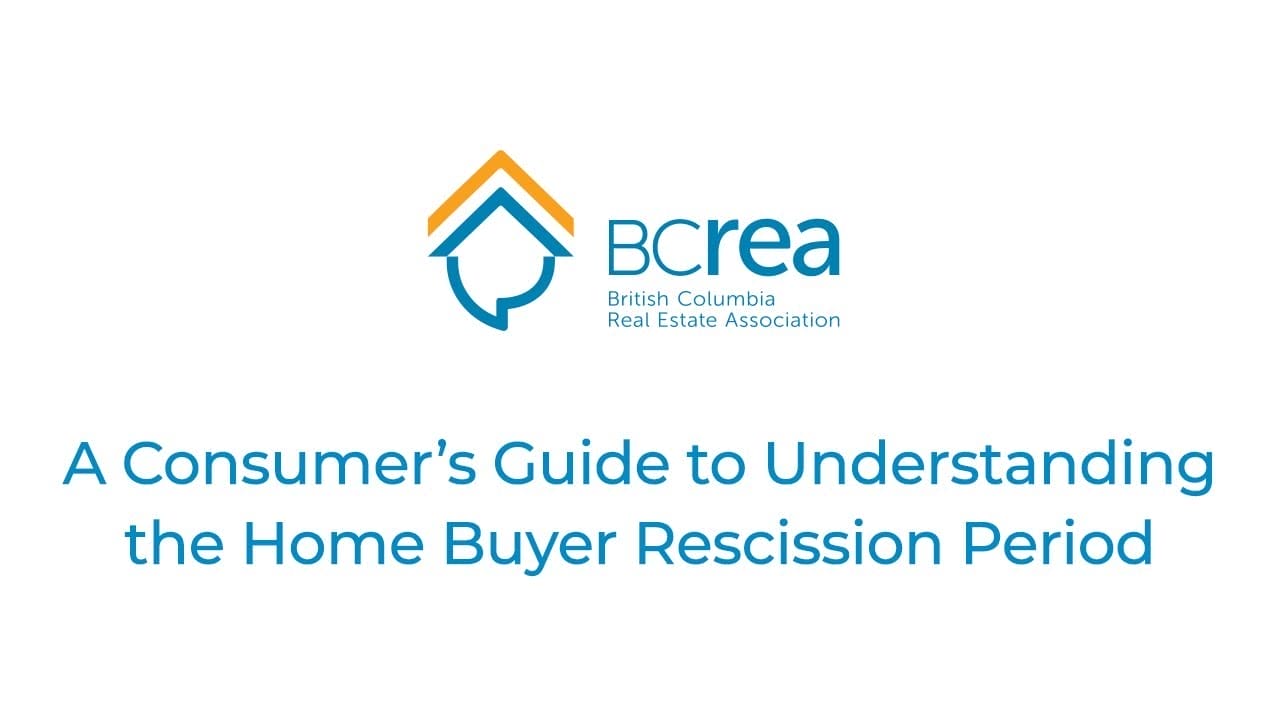
Similar Posts
Can’t Buy Alone: Why Today’s Homebuyers Are Leaning on Family to Enter the Market
ByStan S.In today’s Canadian housing market, the dream of homeownership remains alive—but for a growing number of first-time buyers, that dream is only possible with a family safety net. According to the 2025 CMHC Mortgage Consumer Survey, more Canadians are entering the market for the first time, but they’re not doing it alone. From gifted down payments…
Gregor Robertson housing comment reflects a deeper truth, says urban planner
Posted May 21, 2025 8:09 pm. Last Updated May 21, 2025 10:53 pm. When former Vancouver mayor Gregor Robertson made his comment on Canada’s housing market last week, there might have been more truth in it than many of his critics want to admit. “Finally, someone said it out loud, something we all know, but are not supposed to say,” said long-time Vancouver city councillor and urban planner, Gord Price in an interview with 1130NewsRadio. Not even 24 hours into his new role as Minister of Housing, Infrastructure and Communities, Robertson was clipped saying he does not think housing prices need to be lower . But Price is coming to Gregor Robertson’s defence and thinks critics should widen their lens. “I am not sure how much people really want government to be setting the price up or down.” Price said. “Even if they could, they really can not and you would not want them to.” Price explains that it is important to remember that the housing market moves with global trends. And, if government tries to push prices down too hard, they risk setting off a chain reaction that could destabilize the economy. “If you do not like inflation, you are sure not going to like deflation,” Price argued.
Buying a condominium
ByStan S.Determine the condominium you can afford and which experts to consult. Looking at potential homes to buy can be an exciting experience. First, you need to figure out what you can afford and how much of a mortgage you’ll need. Then, once you find a condominium that matches your financial and personal criteria, you’ll want…
BC Home Flipping Tax
ByStan S.If you’re a buyer considering purchasing a property for the short-term or a seller looking to sell within the first 730 days of ownership, there’s an important new tax you need to know about. Starting January 1, 2025, the BC Home Flipping Tax will apply to certain property transactions, and it’s important to understand how it…





